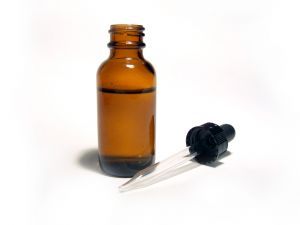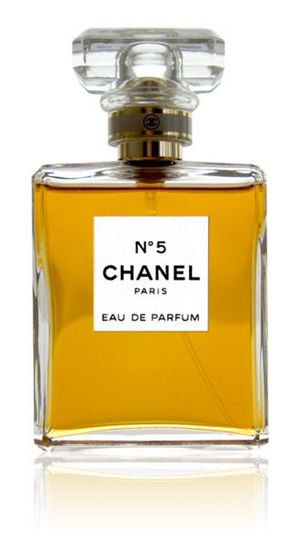Sometimes the things we enjoy the most are also the most simple. Bathwater imbued with a pleasant scent and healing herbal properties from a simple addition of tea is an example of this.
There are a plethora of companies and craftsmen that design bath additives. These lovely products have their uses of course, but depending on your schedule and budget tea bag bath additives might save you time and money.
Herbs, flowers, roots and essential oils are the main ingredients in most bath additives due to their therapeutic and aromatic properties. It would be wonderful if everyone had the money and space required to purchase and store numerous jars of herbs. Tea bags offer a quick, inexpensive and space saving alternative to purchasing jars and bags of herbs.
Herbal tea, once a rare find, is now quite popular and nearly every grocery store now carries a variety of blends. Depending on your preference you may choose a blend whose scent appeals to you and focus only on aromatherapy benefits or you can choose a blend based on the herbs beauty care properties.
There are several common herbal tea blend ingredients that are excellent for use on hair and skin.
Green Tea, the highly caffeinated Asian favorite is excellent for toning and tightening skin due to its high caffeine content. The tannins in green tea are anti-oxidant in nature and help heal and tone skin. While not as strong you may use plain old orange pekoe and cut black tea (most familiar brand of this is Lipton) in place of green tea. It is less expensive and its caffeine and tannins will provide benefits similar to that of green tea.
Chamomile, a favorite among those wishing for peace and relation has many therapeutic uses; when used strongly in the bath the flower helps sooth and soften skin. Washing your hair in said bathwater will leave hair shiny and soft. It will strip away oil and perk up dull hair. Caution: Chamomile infused water can be used to naturally lighten hair. Use sparingly if you do not want lighter hair.
Citrus, the ingredient that lends an exotic taste and scent to tea blends, is also excellent for beauty care. Citrus contains vitamin C and citric acid which can tone and tighten skin. It is also excellent for removing oil and helping clear up acne. Beware: Lemon juice is even more effective at lightening hair than chamomile. Avoid if if you do not want lighter hair. If you have medium to dark hair certainly avoid lemon juice as it tend to lighten these hair colors to a very loud, brassy, copper penny shade.
Peppermint, when used sparingly, makes an excellent bath additive. Its invigorating scent will help you feel more alert, the herbs volatile oil will also give tired skin a life and leave it feeling refreshed and tingly. Peppermint is also anti-fungal in nature making it well suited for foot soaks. Take care not to use too much mint because too much can irritate your skin.
Now that you have got some of the basics down you can begin making your own blends. A book about herbs will make a handy companion for you when choosing herbal blends. If possible try to always make blends that are both therapeutic to skin and hair and are pleasant smelling. The relaxation that tea-infused bath water can induce is just as important as the tea’s effects on beauty. Blends that you find smell unpleasant will detract from the relaxation.
To use a tea bag bath choose roughly 4-6 tea bags. Brew the tea in one quart of very warm, but NOT boiling, water. Allow the tea to steep for ten minutes. After the alloted time add the infusion to your bath water and agitate the water until the tea appears to have fully blended in. That’s it! Now you’re ready to enjoy an inexpensive, fragrant and relaxing bath.


